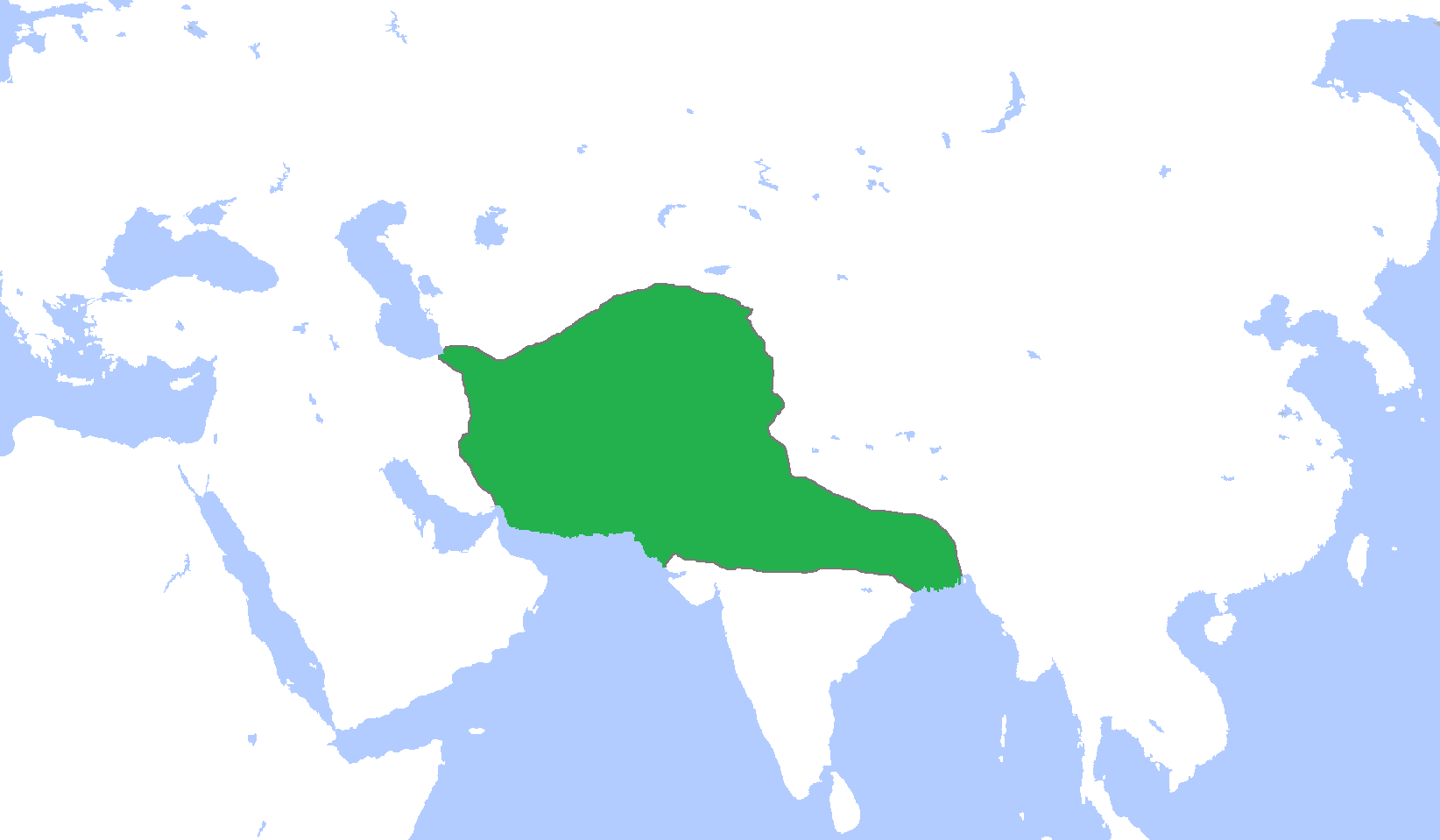|
Morović Fortress
Morović Fortress () is a fortress in the village of Morović, Šid municipality, Vojvodina, Serbia. Background The fortress was built in the mid-12th century and was subsequently property of Đurađ Branković with some authors dating it only to 14th century rule of Maróti János. It lies on elevated ground where the Studva flows into the Bosut river. After the extinction of the Maróti family, it was acquired in 1484 by John Corvinus, the illegitimate son of the Hungarian king Matthias. The Ottoman Empire conquered the fortress in 1528 or 1589. After the retreat of the Ottoman forces and the signing of the 1718 Treaty of Passarowitz the fortress lost its military and strategic importance and slowly began to decline. See also * Church of Saint Mary, Morović References {{Castles, fortresses and palaces in Serbia Cultural Monuments of Great Importance (Serbia) Forts in Serbia Šid History of Syrmia ... [...More Info...] [...Related Items...] OR: [Wikipedia] [Google] [Baidu] |
Morović
Morović () is a village located in the municipality of Šid, Srem District, Vojvodina, Serbia. As of 2011 census, it has a population of 1,744 inhabitants. History In the Middle Ages, Morović was a notable town, today known as the Morović Fortress. It was built by Serbian despot Stefan Štiljanović in 1498. Štiljanović used Morović as his residence until he moved to Baranya (region), Baranya, escaping the Ottoman Empire, Ottomans. The Catholic Church, Roman Catholic church of Mary, mother of Jesus, Saint Mary from the 13th century, built in both Romanesque architecture, Romanesque and Gothic architecture, Gothic styles is a very noteworthy monument. It is located on a cemetery north of the village. The Serbian Orthodox Church, Serbian Orthodox church of the Nativity of Mary and the Roman Catholic church of Saint Roch are also located in the village. Historical population * 1961: 2,110 * 1971: 2,292 * 1981: 2,196 * 1991: 2,105 * 2002: 2,164 * 2011: 1,744 Geography Morovi ... [...More Info...] [...Related Items...] OR: [Wikipedia] [Google] [Baidu] |
Vojvodina
Vojvodina ( ; sr-Cyrl, Војводина, ), officially the Autonomous Province of Vojvodina, is an Autonomous administrative division, autonomous province that occupies the northernmost part of Serbia, located in Central Europe. It lies within the Pannonian Basin, bordered to the south by the national capital Belgrade and the Sava and Danube Rivers. The administrative centre, Novi Sad, is the second-largest city in Serbia. The historic regions of Banat, Bačka, Syrmia and northernmost part of Mačva overlap the province. Modern Vojvodina is multi-ethnic and multi-cultural, with some 26 ethnic groups and six official languages. Fewer than two million people, nearly 27% of Serbia's population, live in the province. Name ''Vojvodina'' is also the Serbian word for voivodeship, a type of duchy overseen by a voivode. The Voivodeship of Serbia and Banat of Temeschwar, Serbian Voivodeship, a precursor to modern Vojvodina, was an Austrian province from 1849 to 1860. Its official name ... [...More Info...] [...Related Items...] OR: [Wikipedia] [Google] [Baidu] |
Serbia
, image_flag = Flag of Serbia.svg , national_motto = , image_coat = Coat of arms of Serbia.svg , national_anthem = () , image_map = , map_caption = Location of Serbia (green) and the claimed but uncontrolled territory of Kosovo (light green) in Europe (dark grey) , image_map2 = , capital = Belgrade , coordinates = , largest_city = capital , official_languages = Serbian language, Serbian , ethnic_groups = , ethnic_groups_year = 2022 , religion = , religion_year = 2022 , demonym = Serbs, Serbian , government_type = Unitary parliamentary republic , leader_title1 = President of Serbia, President , leader_name1 = Aleksandar Vučić , leader_title2 = Prime Minister of Serbia, Prime Minister , leader_name2 = Đuro Macut , leader_title3 = Pres ... [...More Info...] [...Related Items...] OR: [Wikipedia] [Google] [Baidu] |
XII Century
The 12th century is the period from 1101 to 1200 in accordance with the Julian calendar. In the history of European culture, this period is considered part of the High Middle Ages and overlaps with what is often called the Golden Age' of the Cistercians". The Golden Age of Islam experienced significant development, particularly in Islamic Spain. In Song dynasty China, an invasion by Jurchens caused a political schism of north and south. The Khmer Empire of Cambodia flourished during this century, while the Fatimids of Egypt were overtaken by the Ayyubid dynasty. Following the expansions of the Ghaznavids and Ghurid Empire, the Muslim conquests in the Indian subcontinent took place at the end of the century. Events 1101–1109 *1101: In July, the Treaty of Alton is signed between Henry I of England and his older brother Robert, Duke of Normandy in which Robert agrees to recognize Henry as king of England in exchange for a yearly stipend and other concessions. The agreement ... [...More Info...] [...Related Items...] OR: [Wikipedia] [Google] [Baidu] |

